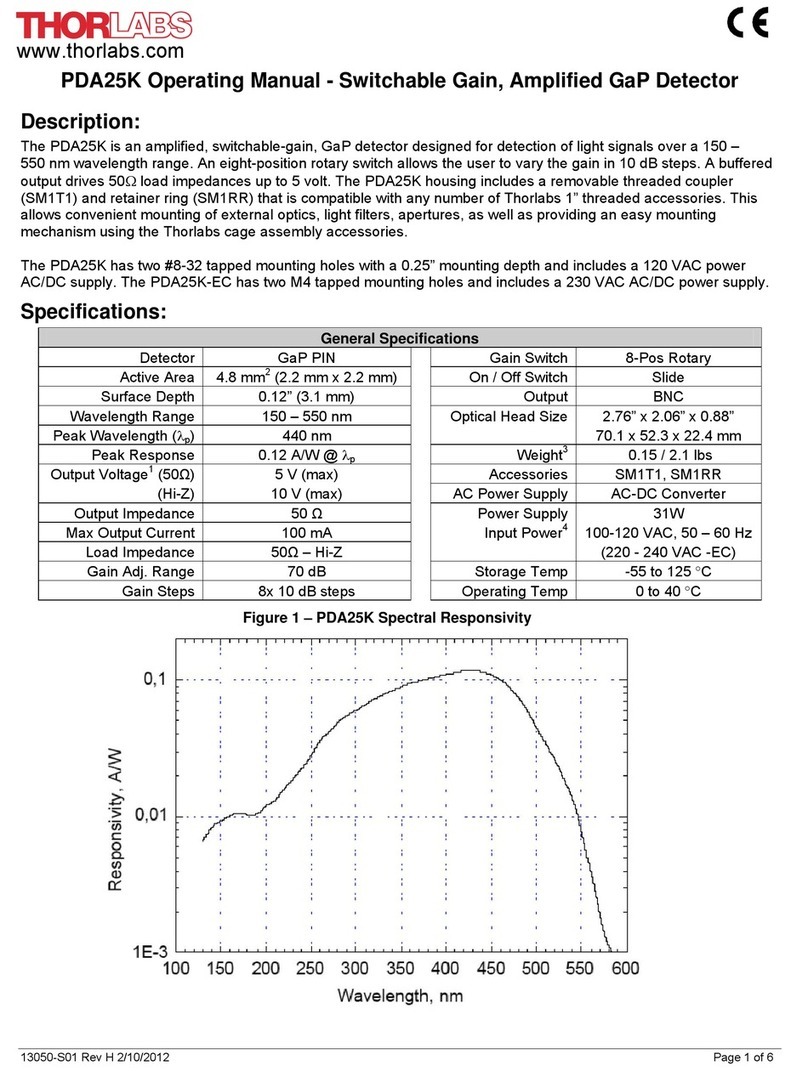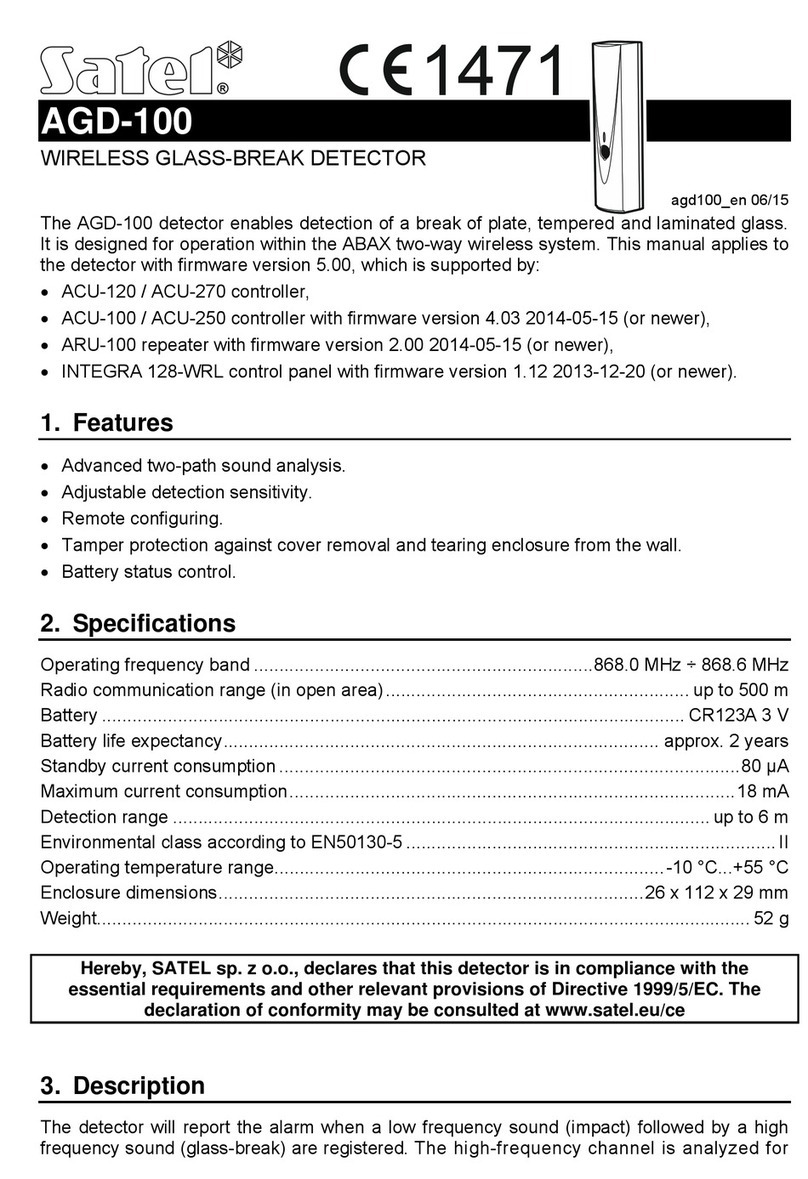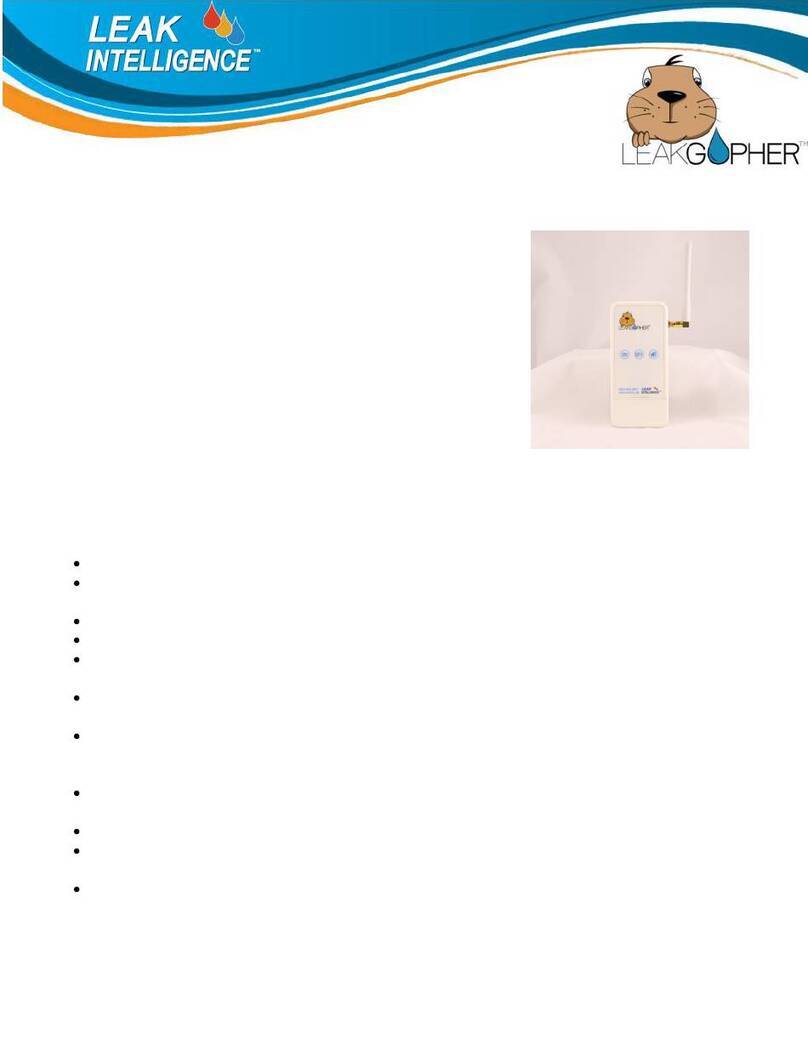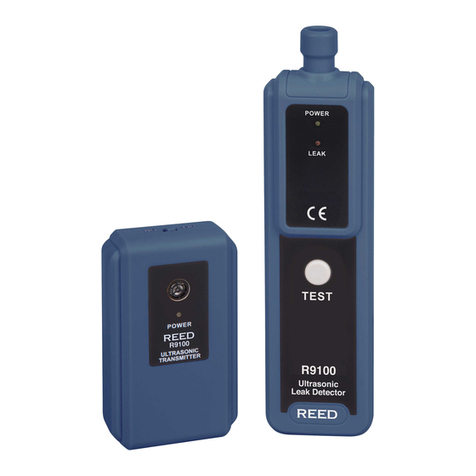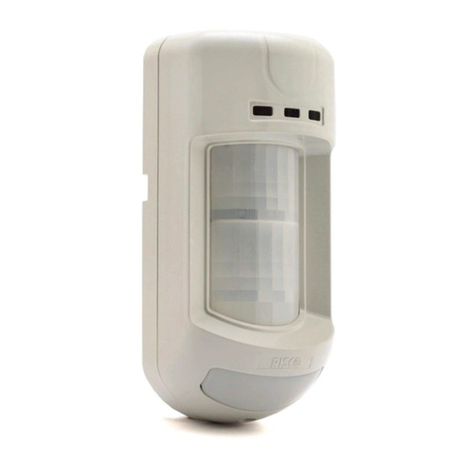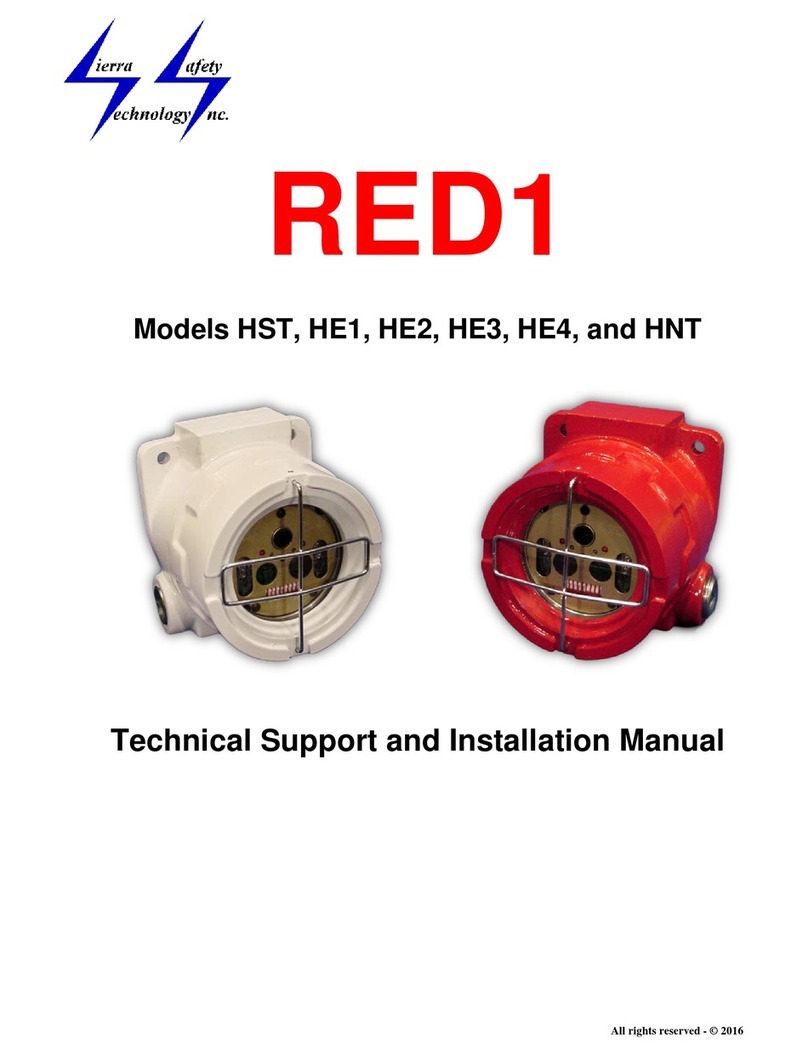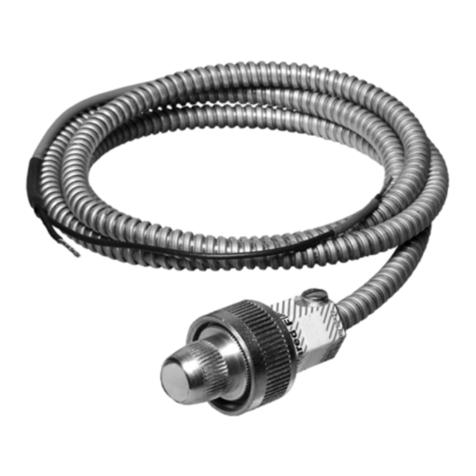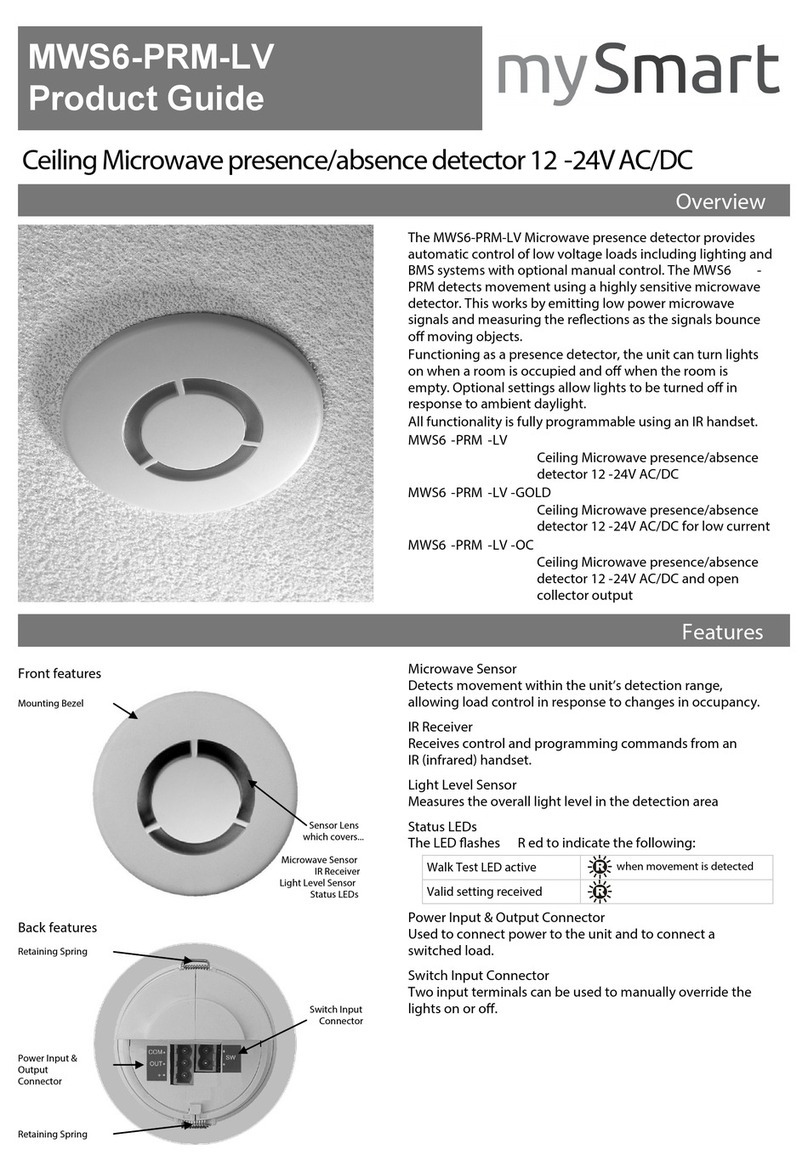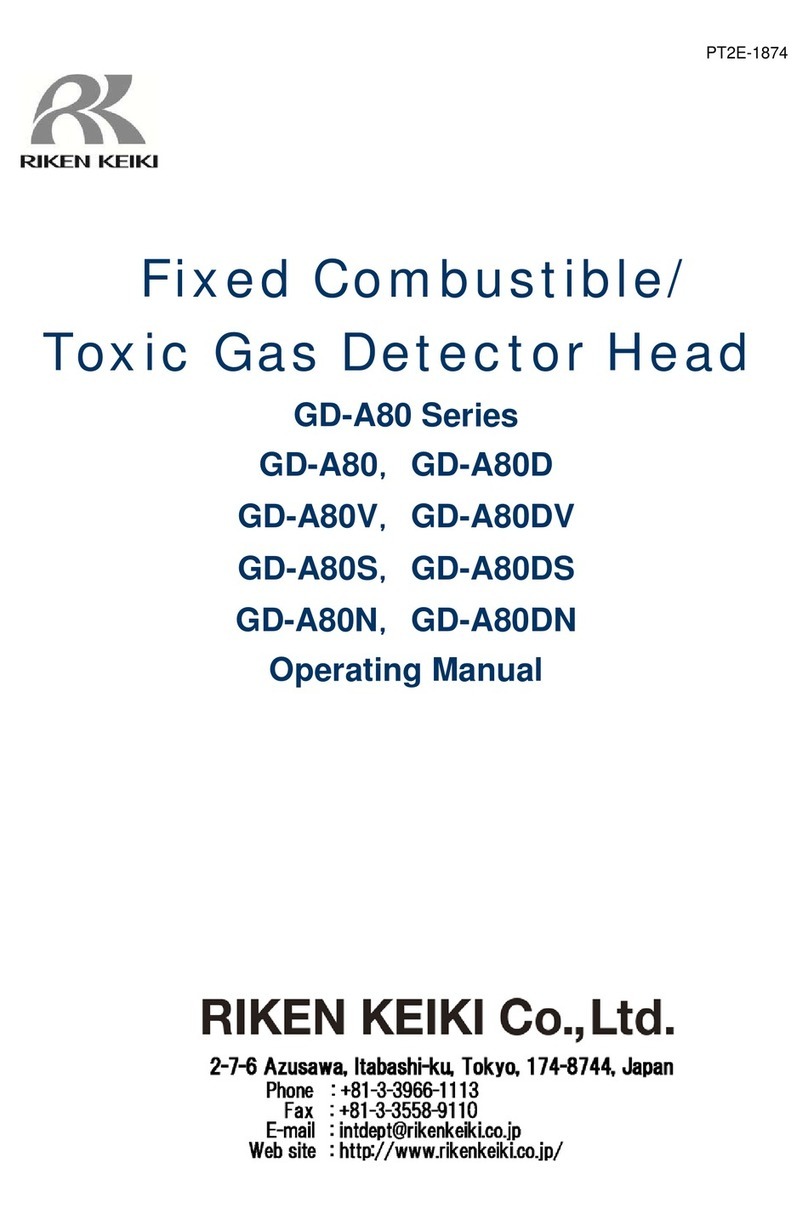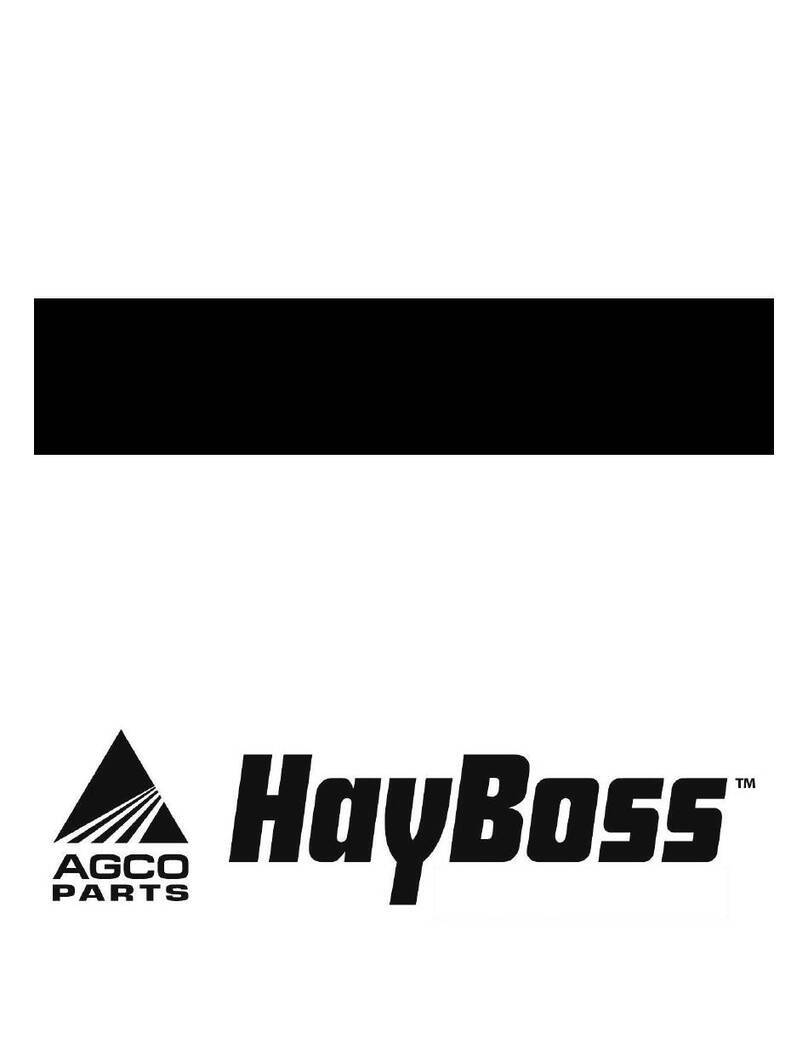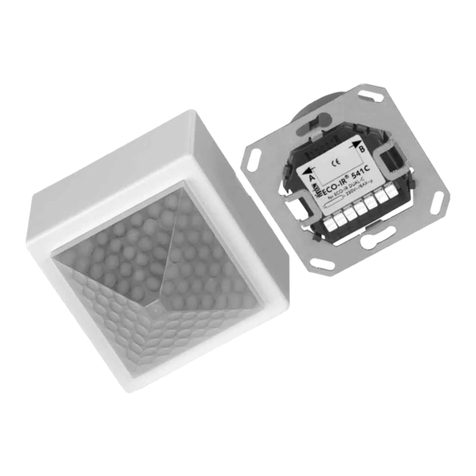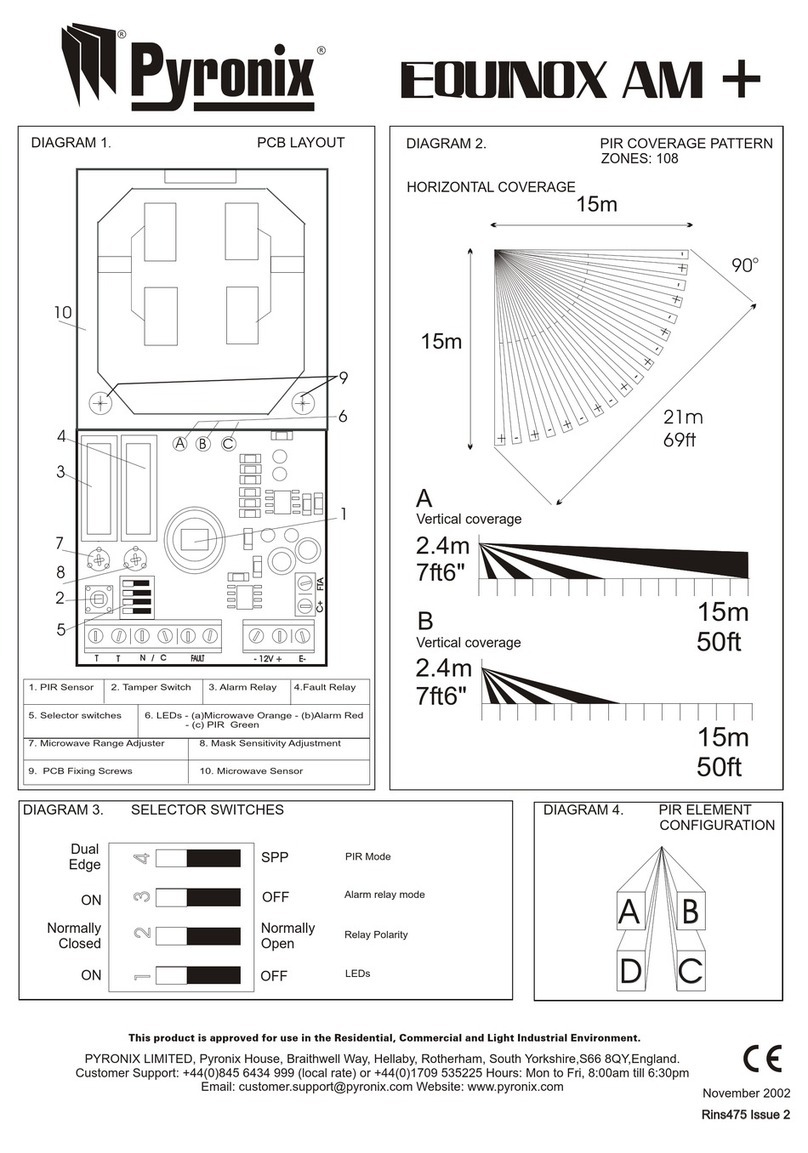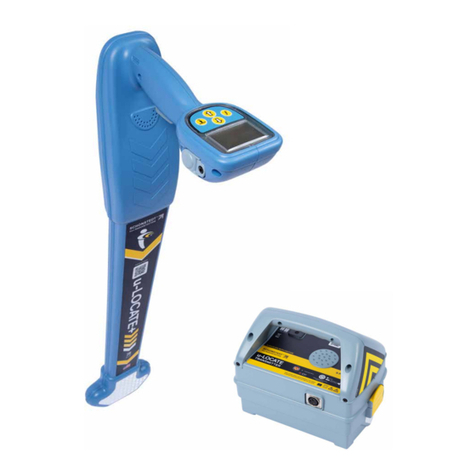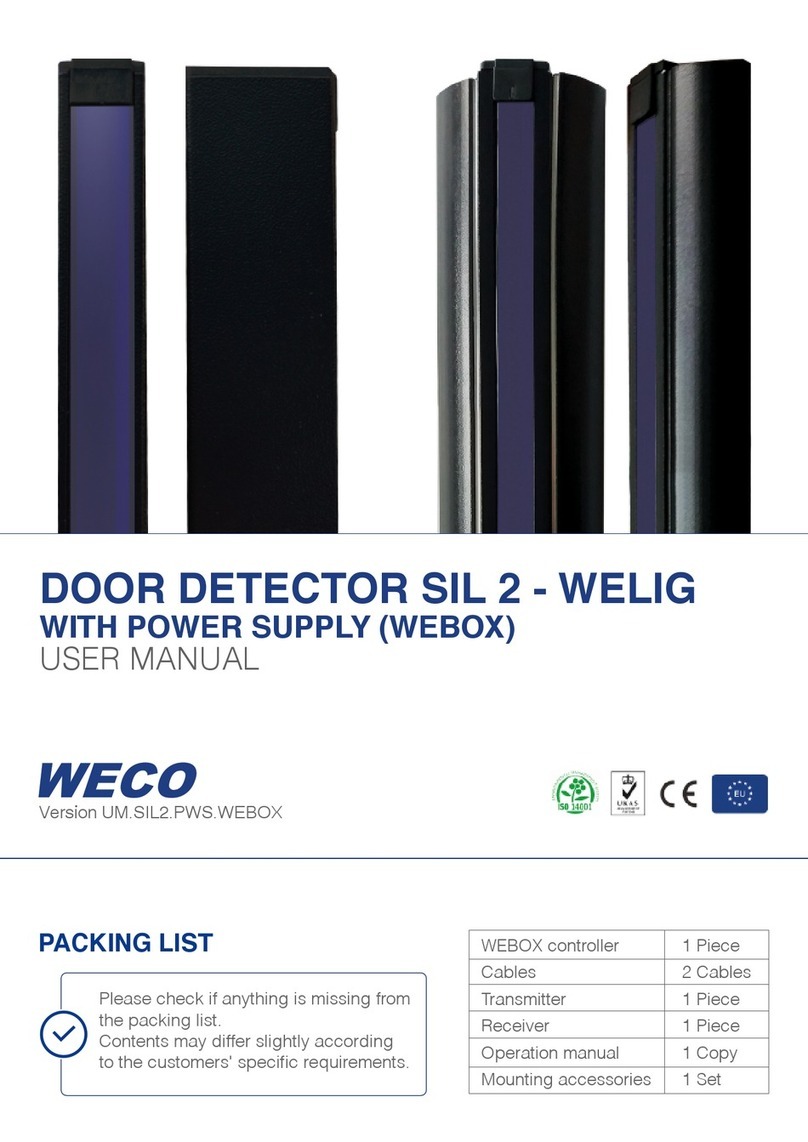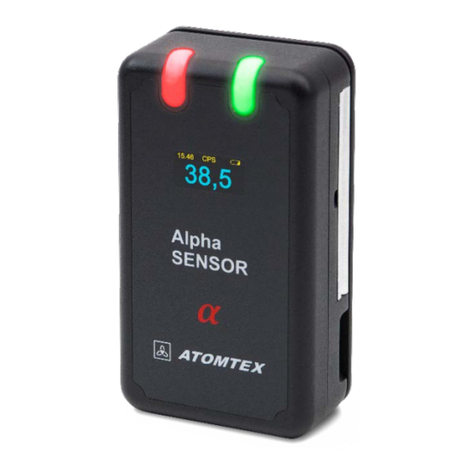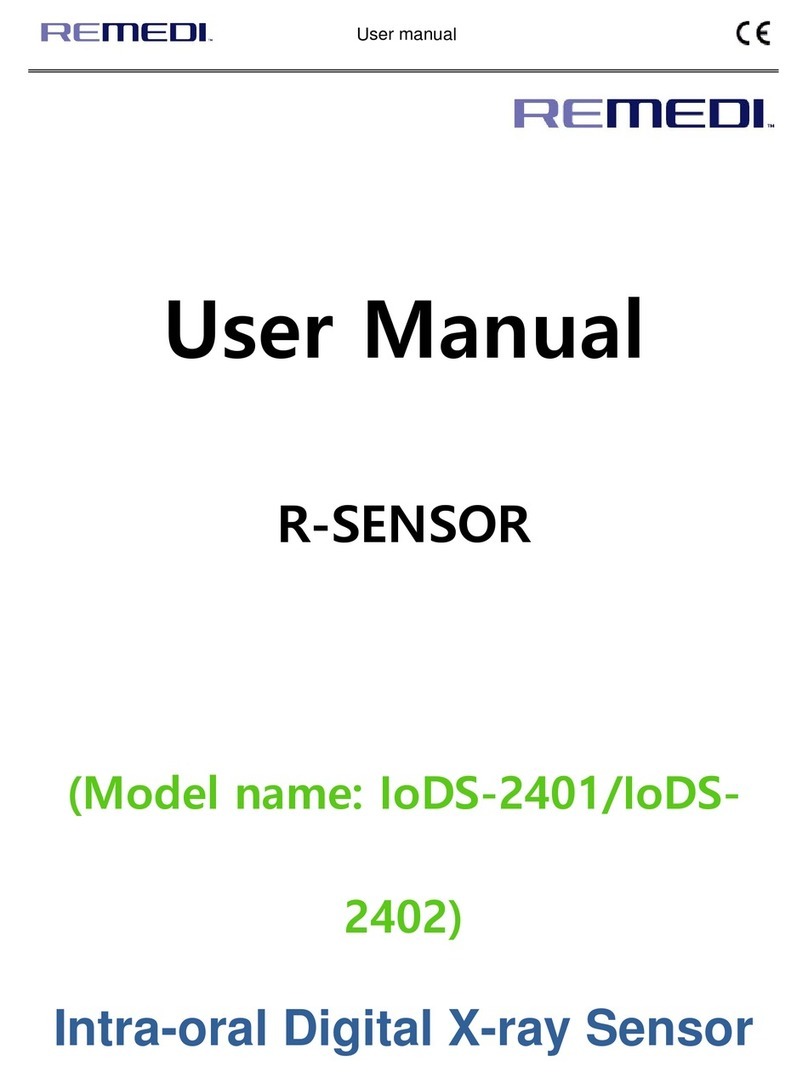HANG KLD-3 User manual

User's Manual
For
Oil Pollution Detector
KLD-3
Please read instruction manual carefully before use!

Kindly Reminder
This operation manual instructs how to safely and correctly operate the KLD-B series oil
contamination detector in detail. Make sure you have understood the content of the
operation manual correctly, and operate the product according to the described procedure.
Please contact your account manager in case of any questions when operating. Operation
should be done under the instruction of the technicians. Do not disassembly the
equipment by yourselves in order to avoid any man-made damage.

Contents
1 Product Introduction..............................................................................4
1.1 Brief introduction.......................................................................... 4
1.2 Technical Data.............................................................................. 4
2 Operation................................................................................................ 6
2.1 Hose Connection..........................................................................6
2.2 Instrument Start............................................................................7
2.3 Measuring interface..................................................................... 7
2.4 Instrument Rinsing.......................................................................8
2.5 Battery Recharging...................................................................... 8
3 Printer...................................................................................................... 9
4 Trouble Shooting....................................................................................9
5 Notes..................................................................................................... 10
6 Packing list............................................................................................11
7 Attached sheet..................................................................................... 11

1 Product Introduction
1.1 Brief introduction
New type hydraulic oil pollution online detector KLD - 3, it is a smart,
lightweight and effective confidential laser oil pollution analysis
instrument. It has many features, can report the condition of
hydraulic and lubrication system, making the maintainers in early
intervention in order to prevent the pollution of hydraulic system
components of wear or damage, which not only reduce the repair
costs to minimum and reduced the total equipment downtime,
improve system security, prolong the service life of equipment.
The equipment adopts color LCD screen visualization in digital and
graphically display the oil pollution condition; Can detect mineral oil,
synthetic oil or fat phosphate, such as hydraulic oil, lubricating oil,
transformer oil, insulating oil, turbine oil, turbine oil, gear oil, engine
oil, aviation kerosene oil. Can be widely used in aerospace, electric
power, petroleum, chemical industry, transportation, port,
metallurgy, machinery, automobile manufacturing and other fields
1.2 Technical Data
Weight:: 3.5 Kg
Dimension: 339 mm * 295 mm * 152 mm (L * W * H)
Electricity source: AC 220 v ±10%, Rechargeable Lithium

Battery
Environmental temperature: 15 ℃to 40 ℃
The oil temperature: 0 ℃~ 55 ℃(24 hour) short-term < 85 ℃
(10 min)
Storage temperature: - 20 ℃~ 60 ℃
Wet degree: relative humidity 20 ~ 85% RH, without
condensation; Store humidity < 90% RH without condensation;
Channels: particle size (including 2µm, 5µm, 15µm, 25 µm,
50µm and 4µm(c),6µm(c),14µm(c)
Pollution level range: ISO 4406 0 ~ 24
NAS 1638 00 ~ 12
Working pressure difference: low voltage 0.7 ~ 3 M Pa
Working pressure: long-term < 4 M Pa (24 hour) short-term <
20 M Pa (30 min)
Working flow: 50 ~ 300 ml/min
Oil viscosity: (10 ~ 100 CST) plus or minus 20%
Sensitivity: 1µm(ISO4402); 4µm(c)(ISO11171)
Repeatability precision: ±0.5 ISO
Calibration period: 1 year
protection grade: IP67 (case closed)

power switch
Owe electric
Pollution shows
oil interface
recharge socket
Press to print
printer
2 Operation
This chapter describes to instruct how to use the KLD-3 to
determine the level of oil contamination, connect hoses, software
operation, hose flushing, etc.
Chart 3.0 Product panel
2.1 Hose Connection
There are two ports labeled inlet and outlet. The connecting
methods are shown in Figure 3-0 below. Ensure that connection of
the nut to the hose is tighten with no oil leakage.

Chart 3.1 Pipeline connection diagram
2.2 Instrument Start
Place the instrument on a dry flat surface. Connect the hoses as
instructed in chapter 3.1. Open the cover, plug in the power cable,
turn on the power switch to start the instrument. Please see below
for details.
2.3 Measuring interface
The default screen is as follows after the instrument has started.
Sampling period
IOS Level
ISO final grade
The laser current
Receiving voltage
NAS Level
NAS final grade

Chart 3.3 the main measuring interface
In the data display interface, sampling period can be shown as well
as the working circuit temperature, current, voltage, and ISO4406
NAS1638 corresponding standard level. Users can observe the
current different standards according to the need of test information.
Sampling period is 6 seconds (default). The laser parameters such
as current, receiving voltage are sensor diagnostic parameters.
2.4 Instrument Rinsing
Hose flushing is recommended after each operation. Petroleum
ether is the recommended fluid for flushing. Insert the oil-in hose in
flushing fluid and the oil-out hose into a waste container or bottle.
Select the "rinsing" button to start the pump. Keep rinsing liquid
flowing for a minute and then click the "stop" button. Remove the
hoses, let the pump run for a few minutes to eliminate the
remaining rinsing liquid in hoses. Flushing now is completed.
Note: For hose rinsing, we recommend that high-speed rinsing is
adopted in the beginning, then switch it to low-speed.
2.5 Battery Recharging
Battery is accessories. If you buy the instrument with battery and in
the situation of insufficient power, the display panel owe electric
lights will be on. please recharge in time. Firstly, connect the

external power supply and then turn on the power switch button
charging for 8 to 12 hours. This system standard power supply is
for indoor usage, suggesting that keep the instrument shutting
down when charging. Please remove the charger in time when well
charged.
3 Printer
This system printer is not a self-locking button. Each click of the
print button can make the printer to print out the current test results
(final report generated in NAS1638 standard format). The results
are as shown in the figure below:
Open the cover, install the thermal paper into place. Close the
cover leaving the end of the paper roll outside of the cover.
4 Trouble Shooting
Following is a list of common malfunctions and rectifications that

the operator can perform by themselves. For other problems,
please contact our engineers for further assistance.
5 Notes
Please select the appropriate product model that meets your
actual requirement. Low Pressure model: Not less than 20 psi
(1.3 Bar) of pressure difference. Please make sure there is no
large particles greater than 100µm (visible by naked eyes) or
transparent floccules, as the big particles can clog up at the
sensor.
Please make sure there are no obvious bubbles in the liquid,
otherwise the accuracy of measurement will be affected.
The sample volume should be no less than 100ml.
this product is a precision laser instruments. Strong vibration will
Simple Fault
Resolution for Fault
Unable to start the instrument
Check if the power cable is plugged in and
power turned on.
Unable to print
Check to see if the printer is short of paper.
No oil comes out from the oil-out
Check to see if the oil in hose is connected;
Check to see if pressure is within the required
parameters.
Not less than 20 psi (1.3 Bar) of pressure
difference);
Possible blockage in sensor.(needs to be sent
back to supplier for resolution)
Pop-up window indicating "errors".
Unable particle count.
1.Too many bubbles in oil. Eliminate air by
using ultrasonic bath.
2. Re-enter the measuring interface and try
again.

affect the measurement result. Please don't place the
instrument in a strong mechanical vibration platform or device.
6 Packing list
Product standard packing list
7 Attached sheet
SHEET 1
Standard table of NAS 1638 contamination class
(Unit: particle quantity/100ml)
Contami
nation
class
Range of particle size/μm
5-15
15-25
25-50
50-100
>100
00
125
22
4
1
0
0
250
44
8
2
0
1
500
88
16
3
1
2
1000
178
32
6
1
No.
Item
Specifications
QTY
1
Online oil contamination
detector
ISO4406、NAS1638
1
2
Pressure hose
M16*2 on both sides, 1.5m
2
3
Imported PT type
pressure joint
M16x2 pressure connector
2
4
Electronic instruction
CD
1
5
Paper instruction manual
A4
1
6
Test report
third party test report
(NAS standard, 46 hydraulic oil)
1
7
Certificate
Beijing Hangfeng kewei Quality
inspection
1
8
Power adapter
Charging device
1
9
Printer paper
57*φ33
1

3
2000
356
64
11
2
4
4000
712
128
22
4
5
8000
1425
253
45
8
6
16000
2850
506
90
16
7
32000
5700
1012
180
32
8
64000
11400
2025
360
64
9
12800
0
22800
4050
720
128
10
25600
0
45600
8100
1440
256
11
51200
0
91200
16200
2880
512
12
10240
00
18240
0
32400
5760
1024
13
20480
00
36480
0
64800
11520
2048
14
40960
00
72900
0
12960
0
23040
4096
SHEET 2 Standard table of ISO 4406 contamination class
(Unit: particle quantity/100ml)
Particle quantity per
100ml
Class
code
particle
quantity/100ml
Class
code
Larger
than
Upper
limit
value
Larger
than
Upper
limit
value
1300000
00
2500000
00
28
4000
8000
13
6400000
0
1300000
00
27
2000
4000
12
3200000
0
6400000
0
26
1000
2000
11
1600000
0
3200000
0
25
500
1000
10
8000000
1600000
0
24
250
500
9
4000000
8000000
23
130
250
8
2000000
4000000
22
64
130
7
1000000
2000000
21
32
64
6
500000
1000000
20
16
32
5
250000
500000
19
8
16
4

BEIJING HANG FENG KE WEI EQUIPMENT TECHNOLOGY CO.,LTD.
Tel::+86-10-82866783-8185
Website: www.hangf.com
Email: [email protected]
Fax:+86-10-82600379
Post Code:100141
Address: NO.6 Dacheng Rd, West 4th Ring, Fengtai District, Beijing.
Table of contents

